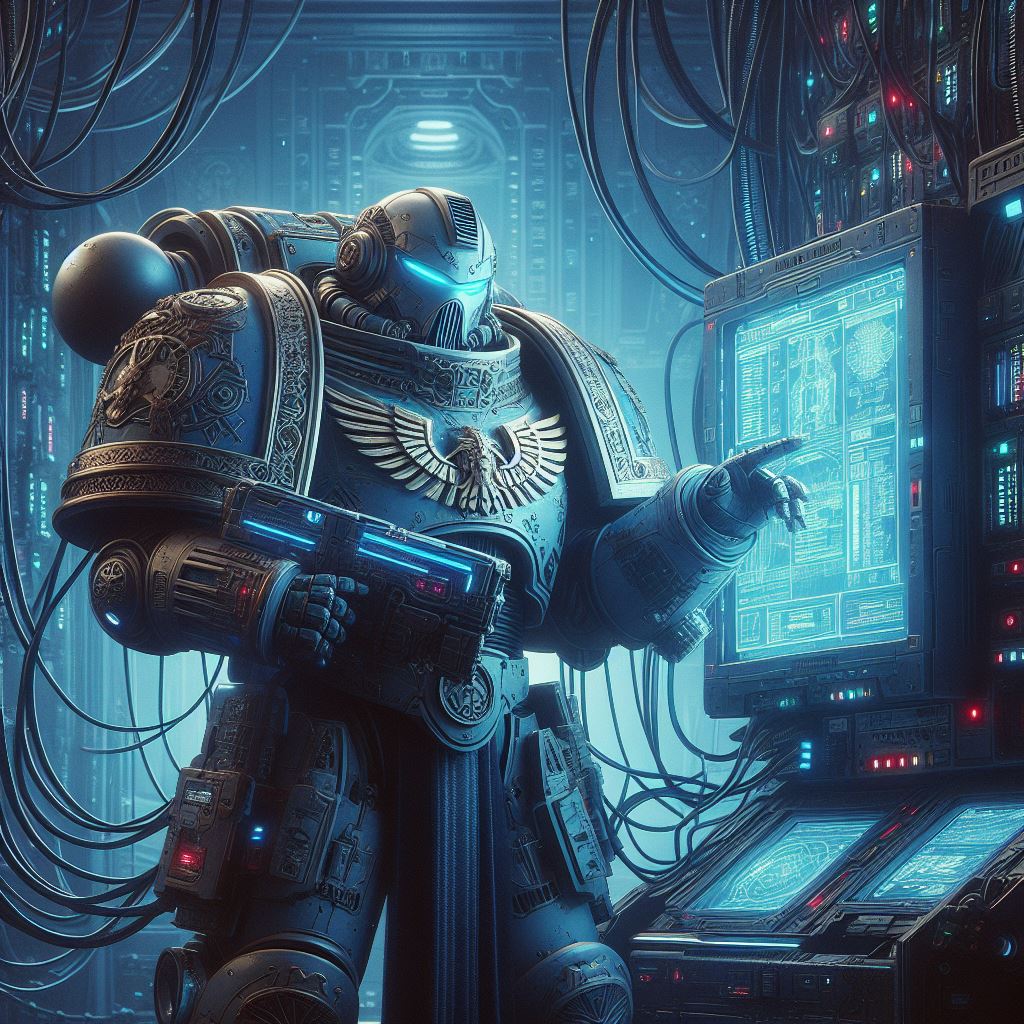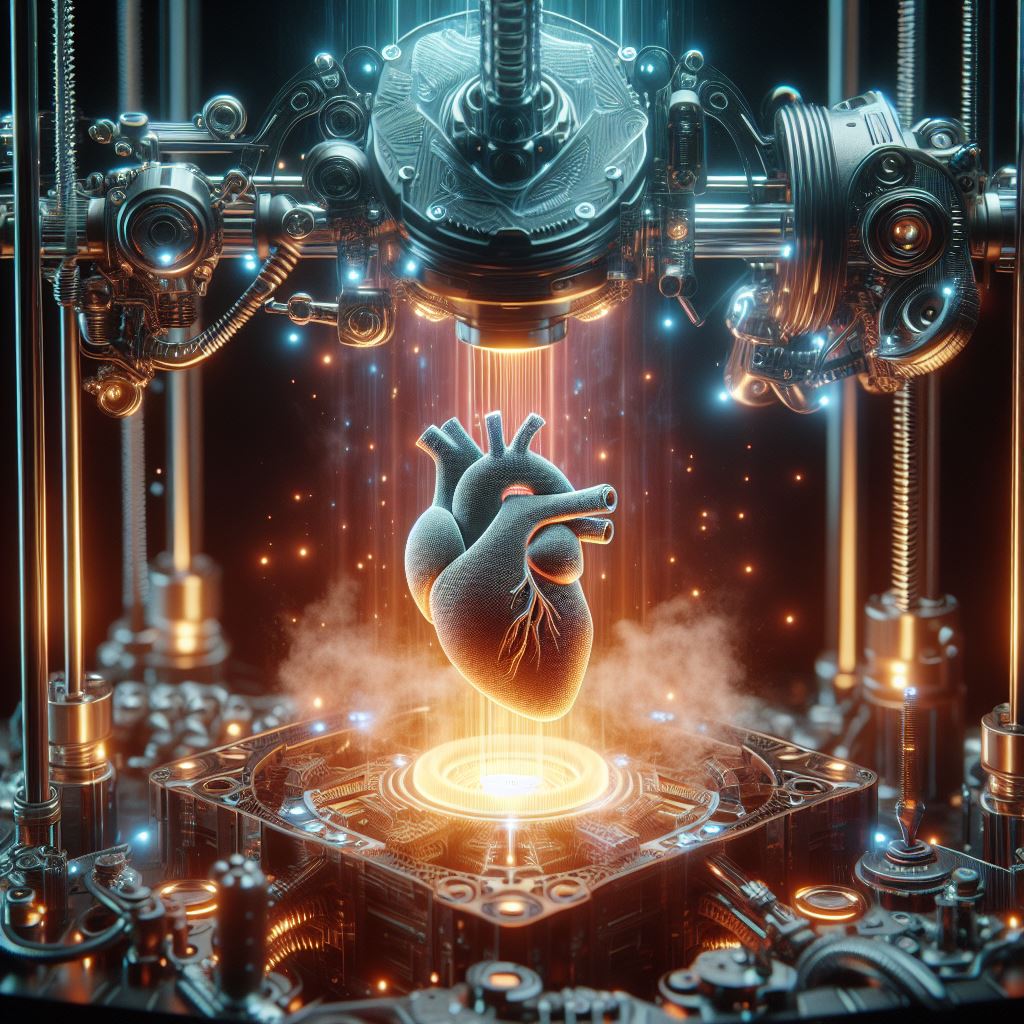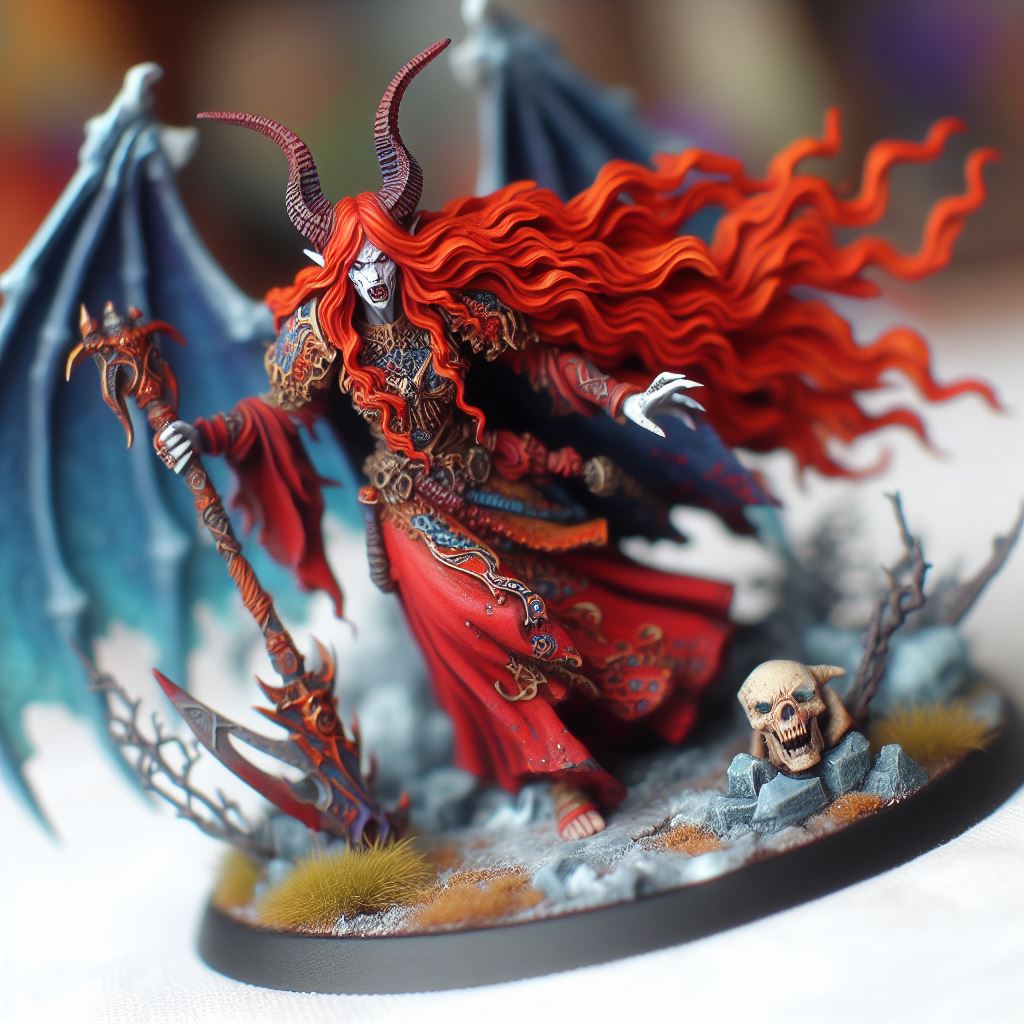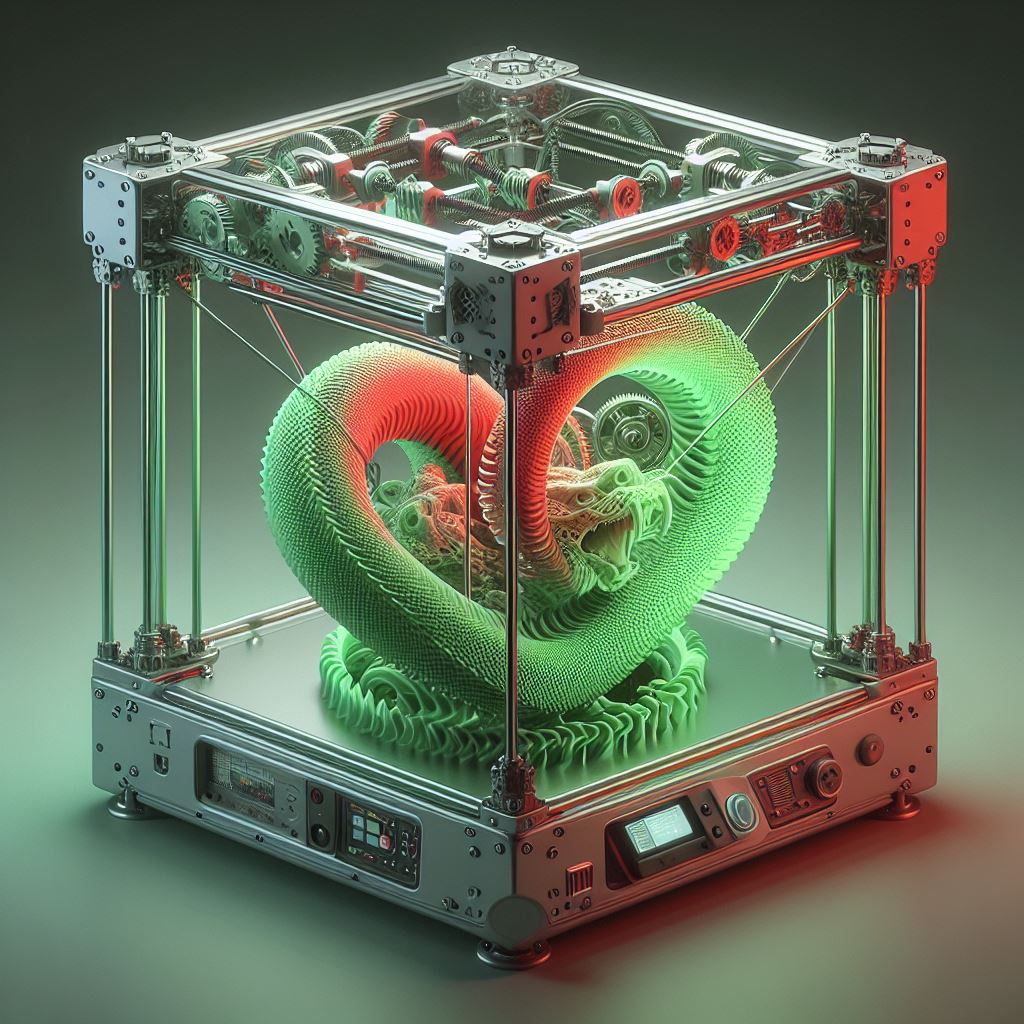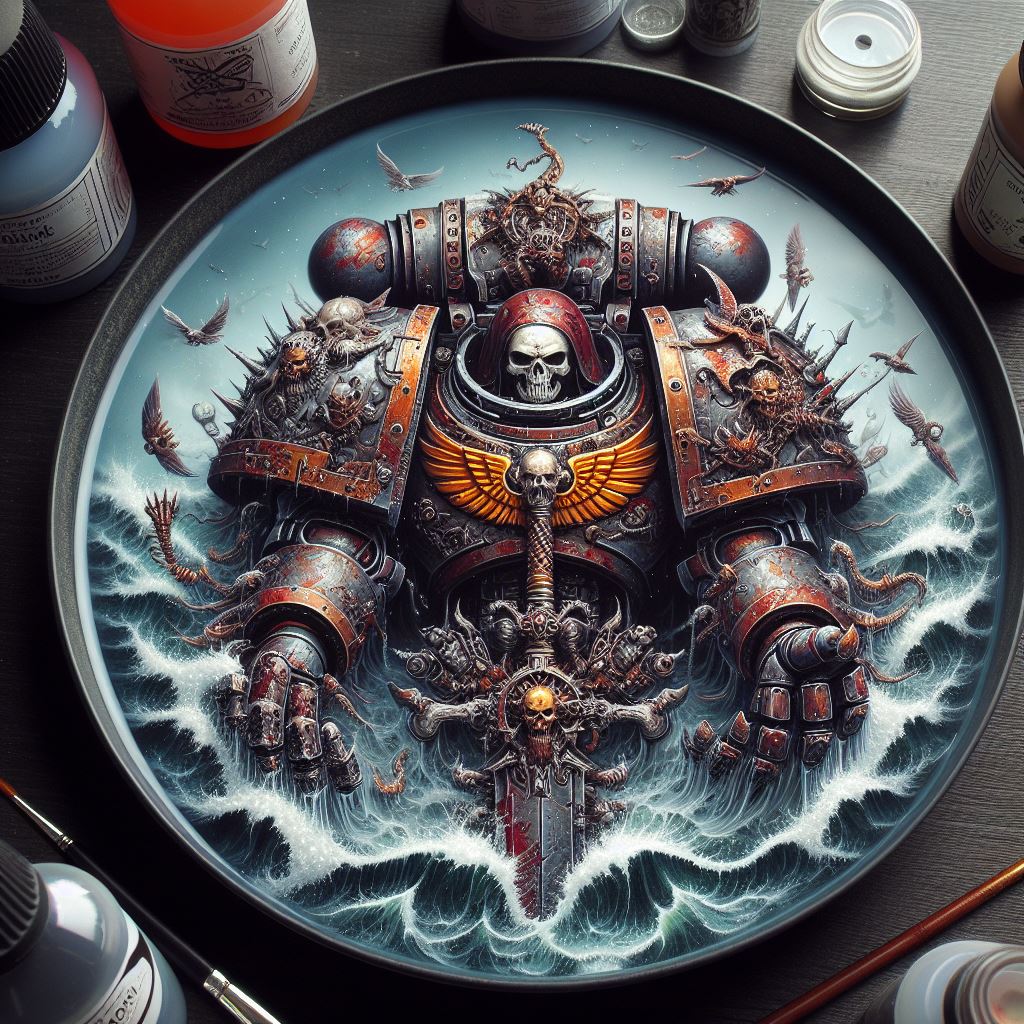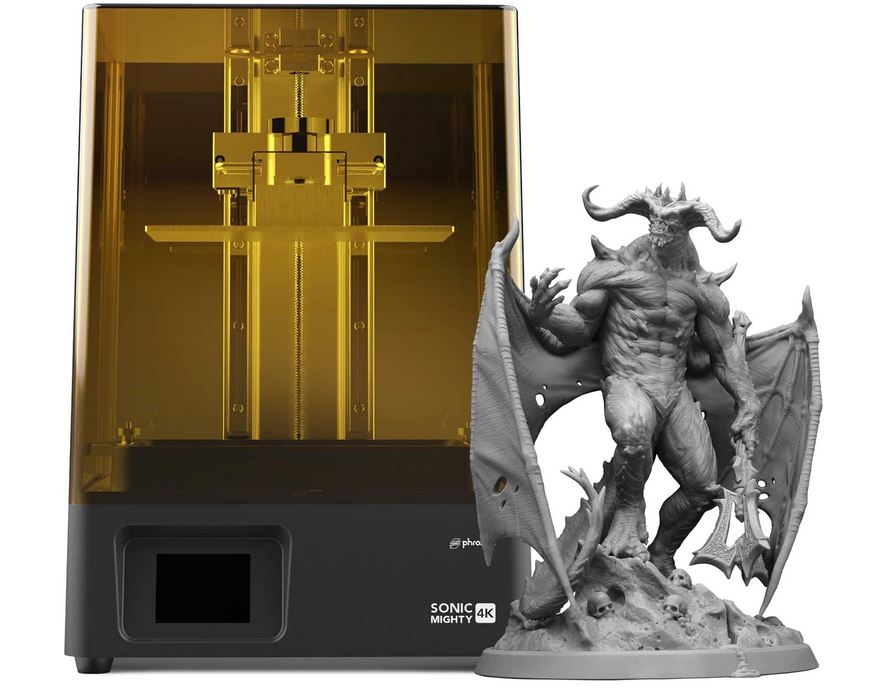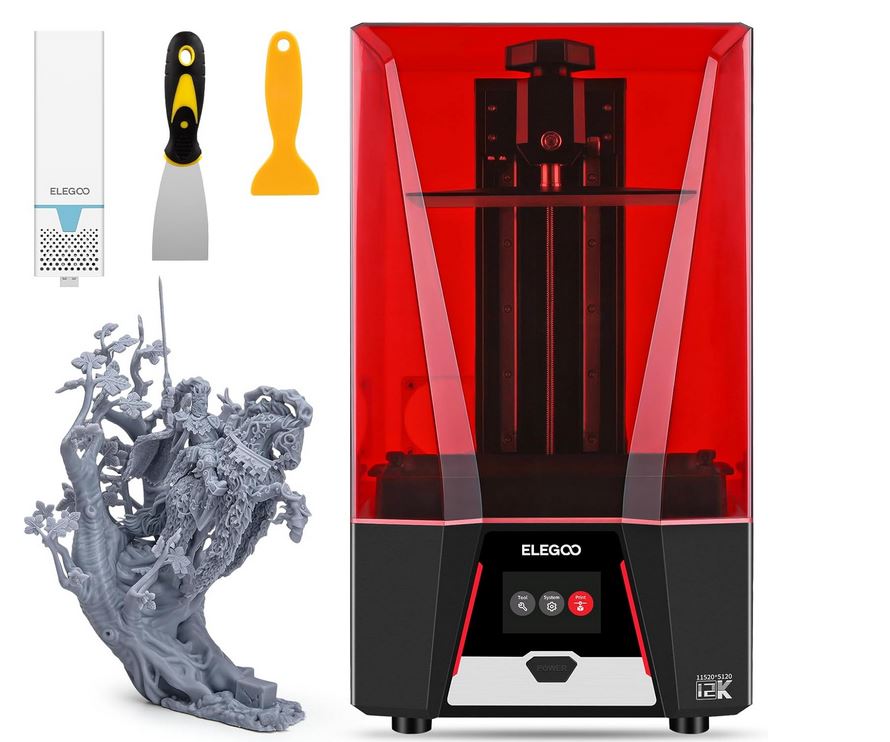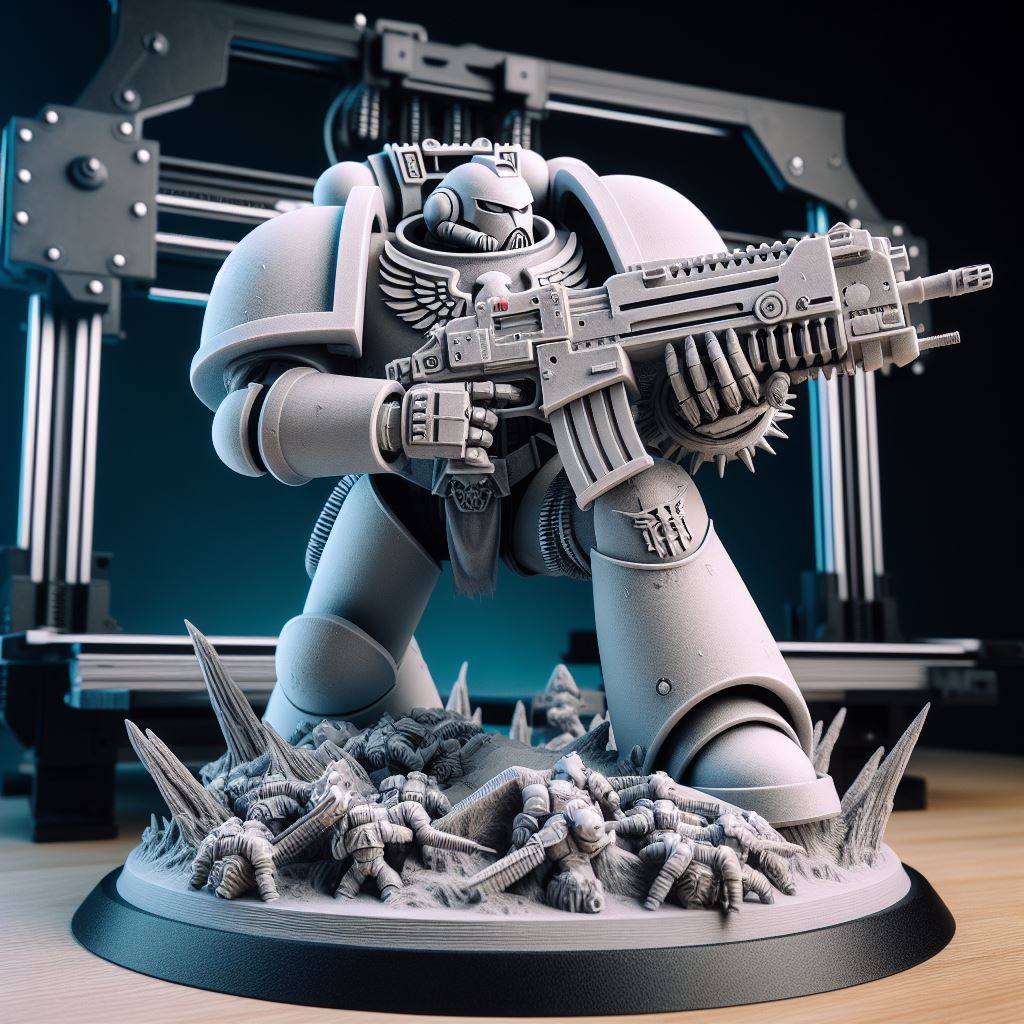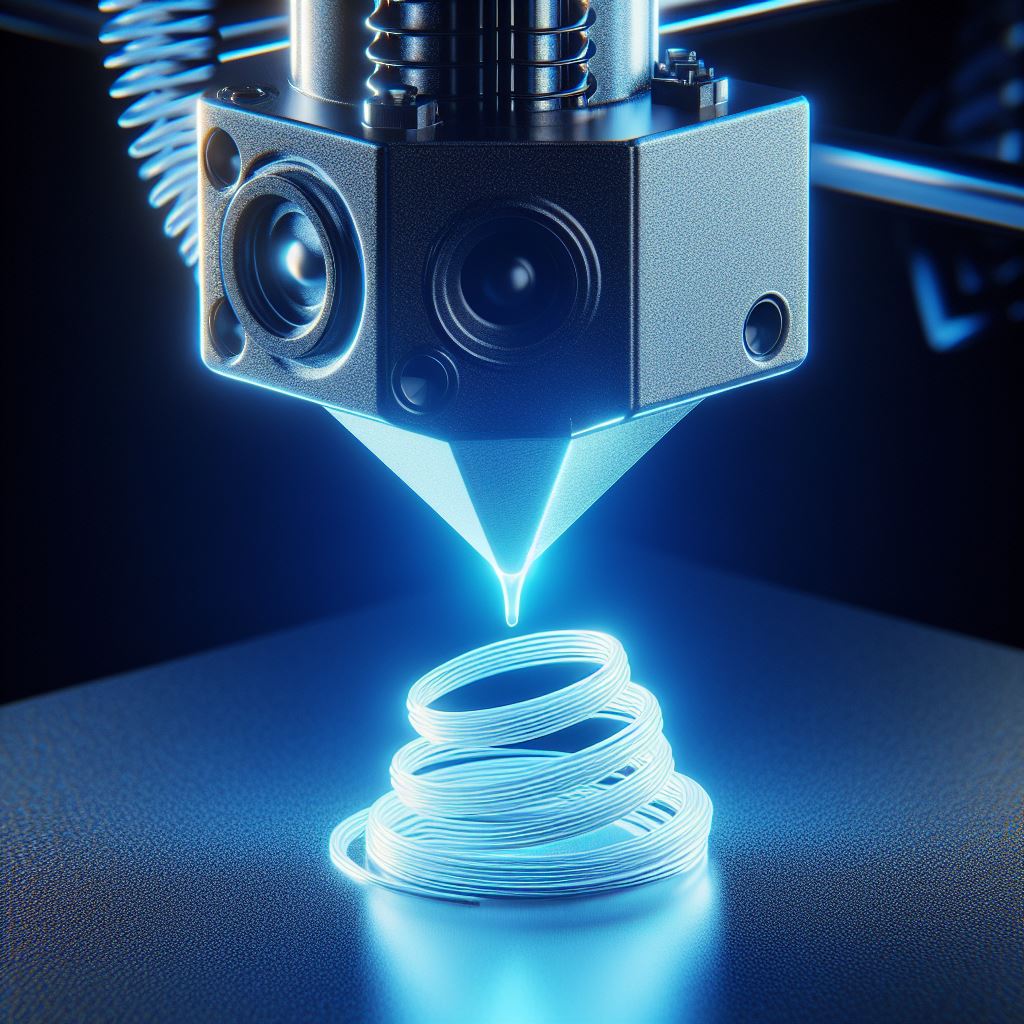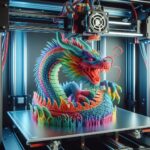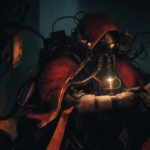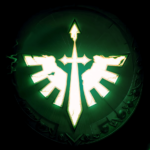Using 3D Printing for New Mini Designs: A Guide
As an avid tabletop gamer and miniature hobbyist with over 20 years of experience crafting tiny models, few things excite me more than encountering new and unique mini designs. The surge of accessible 3D printing technology in recent years has been a total game-changer, allowing hobbyists like myself to easily create our own custom miniatures with intricate, one-of-a-kind sculpts that capture our wildest imaginings.
In this comprehensive guide from the Warhammer Universe team, I’ll be sharing everything you need to know to start 3D printing your own spectacular mini designs at home. From finding inspiration, modeling digitally or manually, essential print settings, to finishing techniques – let’s delve into this magical world together!
Sourcing Inspiration for Miniature Designs
The journey begins with inspiration. As you envision the type of mini you’d like sculpt and print out, here are some go-to places I love to spark my creativity:
3D Model Repositories
Sites like Cults3D, Pinshape, MyMiniFactory and Printables offer a treasure trove of free and paid 3D-printable mini designs uploaded by makers worldwide. Browse the extensive galleries to admire pieces, learn techniques, or purchase STL files to print out creations that inspire you.
3D Modeling Software
If you prefer crafting wholly original characters not bound by others’ visions, 3D modeling software unlocks unlimited creative freedom. User-friendly tools like Tinkercad, Sketchup and Blender allow you to sculpt intricate organic shapes from basic meshes and primitives. For professional-grade digital sculpting, ZBrush is an industry-standard with its robust toolset and huge artist community.
Custom Miniature Design Services
Don’t have the skill, time or patience for 3D modeling? Custom services like HeroForge make character creation easy, letting you mix-and-match from a huge selection of miniature parts to design your unique hero. Or if you prefer having new designs conveniently delivered on a schedule, LootStudios’ monthly miniature subscriptions are a delightful surprise reliable creators.
Model Subscriptions on Patreon
Speaking of subscriptions, independent 3D artists often share their latest sculpts to supporters on Patreon. It’s worth browsing sculptors in the miniatures niche to find one whose style resonates. Miniacs like ArchVillain Games, The Maker’s Cult and Gearguts Mekshop produce absolutely stellar designs month after month. Subscribing lets you access all their STLs!
YouTube Videos and Channels
One last source of ideas can come from YouTube creators 3D printing minis. Watching Timelapse videos and paint tutorials from channels like DM’s Craft and Tabletop Time unveils inspiring new possibilities. We also have a YouTube channel explaining modeling techniques and showcasing prints!
Understanding Software for Modeling Miniature Parts
After gathering ideas, it’s time to start sculpting the custom mini digitally. Based on the types of models I normally print, here’s my take on choosing suitable software:
Tinkercad works incredibly well for crafting mechanical models like spaceships, robots and terrain with geometric primitives that snap together cleanly. The intuitive drag-drop interface makes Tinkercad accessible for complete beginners too.
To sculpt intricate organic pieces like character busts and figures, I prefer more advanced dedicated programs like ZBrush or Blender. Their versatile instruments, libraries of brushes and shortcuts to manipulate meshes make organic sculpting wonderfully tactile. There is a learning curve though.
For many projects, I use both in conjunction – blocking out the core model roughly in Tinkercad with primitive shapes, before refining parts that require more detailing in sculpting software. This workflow enables easily testing proportions by staging scenes, before exporting higher resolution parts to enhance later.
Setting the Right Scale for Tabletop Minis
Now we come to a critical question of deciding on scale, which fundamentally impacts the level of detail you can achieve. Typical scales used in tabletop wargaming measured in mm are:
15mm – Smaller models allowing grand battles across sweeping terrains, with less focus on fine details.
18mm – The sweet spot I recommend for having nicely printable designs where crucial elements remain discernible. Height refers to a human figure’s eyes to feet level.
28-32mm – More demanding at this barely palm-sized scale, but resin printers yield greater intricacies for centrepiece display models.
For reference, an 18mm human figure stands around 24mm tall from the base to eye level. I primarily work with 18-25mm as compact pieces print faster, though may push up to 35mm for selected characters where quality exceeds quantity. Know your printer’s capabilities too – can it handle ultra-fine sub-0.05mm layers without clogging for instance?
Pro-tip: Scale pieces uniformly! Nothing looks more awkward than a giant weapon on a tiny character. Study anatomical proportions, use concept art as guidance, and test prints before committing hours to sculpting
Positioning Models Optimally for Support-Free Printing
My biggest gripe printing miniatures is dealing with stringy support marks marring surfaces. Applying my 20+ years of experience specifically towards ‘supportless’ designs, here are my best suggestions for orienting models:
- Pose dynamically angled limbs away from the main body instead of outstretched.
- Tilt figures to minimize overhangs and islands needing external supports.
- Cut models digitally into parts – printed separately then glued.
- Hollow-out bodies, leaving drainage holes to reduce trapped resin.
- Place large flat surfaces directly contacting the build platform.
- Mix organic and mechanical elements cleverly to anchor intricacies.
In fact, splitting miniatures into halves to glue after remains an easy shortcut I rely on frequently! Structurally sound interfaces like cloaks, armor plating and weapons make sensible break points minimizing post-assembly clean-up.
Essential Printer Settings for High-Quality Miniatures
Dialing in the optimal printer parameters makes all the difference between blurry blobs and extraordinarily crisp mini prints. Follow these tips for superior results:
- Slow print speeds down to 20-30mm/s. Swift movements introduce distortions losing fine details.
- Choose small layer heights between 0.02mm to 0.05mm. Thinner layers capture higher resolutions and smoother surfaces.
- Set sufficient exposure times for resin printers, playing with values to reduce over-curing. Dial-in with validation prints.
- Enable thicker solid initial layers at 100% infill if printing miniatures directly on the build plate, for added adhesion.
- Cool extruded filament completely before applying the next layer with FDM printers, to prevent oozing.
- Consider 0.2mm or smaller nozzles on filament printers, for ultra-fine resolutions.
Avoid default auto-supports which leave obvious marks on miniatures. Optimize support generation settings or manually place slender supports.
There are many more nuances, but these pointers provide a strong starting point. Stay patient, keep iterating calibration prints and you’ll be rewarded with super professional-looking minis!
Choosing Ideal 3D Printer Models for Miniatures
Having used both extensively, FDM and resin-based 3D printing processes each have unique strengths suiting different miniature applications:
FDM Printers
Filament-based FDM printers deposit heated thermoplastic materials layer-by-extruded layer to build 3D objects. The additive approach allows large solid terrain pieces and props to be created cost-effectively, though stair-stepping on slopes sometimes requires extra sanding.
Print volume determines maximum dimensions – many newer enclosed printers boast 12” cubes allowing groups of minis printed together. Note that increasing the build plate area tends to reduce precision on budget machines. Well-known brands like Prusa and Ender deliver reliable results.
Here are my 3 top FDM recommendations specifically for miniature printing:
Prusa Mini+ (180x180x180mm) – Compact powerhouse renowned for print accuracy thanks to auto bed leveling and directly-driven extruder.
Artillery Genius (220x220x250mm) – Very affordable enclosed printer with auto-leveling and resume print that produces impressive minis once properly tuned.
Ender 3 S1 (220x220x270mm) – Upgraded version in the famed Ender series, featuring dual-Z axis for excellent layer uniformity.
Resin-based Printers
In comparison, resin-based stereolithography (SLA) and DLP projection methods selectively cure liquid photosensitive resin with ultraviolet light to remarkable detail and smoothness. The chemicals require handling carefully, but the payoff is visible resolution enhancements.
With resin printers, build volumes tend to be smaller but suitable for batches of mini prints. My recommendations optimized for tabletop models are:
Anycubic Photon Mono 4K (192x120x245mm) – Standard affordable workhorse using LED UV screen producing highly detailed prints once dialed in.
Elegoo Mars 4 (192x120x200mm) – Immensely popular for beginners, with proprietary Chitubox software. Newer Pro version ups reliability.
Phrozen Sonic Mini 8K (165x165x320mm) – Pinnacle of 8K DLP for unrivaled precision but higher costs. Overkill for some.
Material Considerations for Superior Miniature Prints
Just as crucial as the printers are the materials science behind crafting professional-grade miniatures. Here are my top plastic filament and resin suggestions:
Filaments
For FDM printing, standard PLA filaments strike the best balance of crisp details, low warping and cost. Avoid more temperamental materials like ABS. Judge brands based on strict diameter consistency standards for reliable extrusion – Prusament and ESUN score highly here.
Some newcomers like Polymaker’s PolyLite PLA behave impressively too. For tiny nozzles, ensure ratings down to 0.2mm diameter. Metal-infused mixtures add realistic sheens once polished. Always run temperature towers to confirm optimal nozzle heat settings before critical prints!
Resins
In resin-based 3D printing, optically clear materials produce the cleanest mini prints after curing under UV lights. Watch manufacturer exposure guides as some newer bio-derived plant-based resins require lower energy doses.
Popular starters like AnyCubic, SirayaTech and Elegoo work wonderfully. For premium extra-crisp professional results on high resolution printers, 8K niche resins matched to that pixel density offer unrivaled life-like lucidity worth the price. Handle sensitivities and post-process fully before use.
Post-Processing Methods for Pro Miniature Finishes
Fresh off the print bed, miniatures still possess visible layer lines and support nubs that require some tidying up, before priming:
Support Removal
Carefully snip away any remaining supports and nubs with flush cutters, avoiding damaging the model. Resin supports peel or wash away more easily compared to tough thermoplastic FDM equivalents.
Sanding
Lightly sand any obvious blemishes or 3D printing defects. Apply gentle pressure – prints can warp if overheated. Try nail buffers, fine grit sandpaper or my favorite – cheap electric rotating tools for fast localized polishing.
Priming
Once smoothed, spray models with an even basecoat primer designed for minis and models before painting. This hides tiny crevices, provides tooth for subsequent paint layers and unifies colors across filament prints. Airbrushing works wonderfully too for gradual control.
With the right techniques, countless wonderful designs await your wildest miniatures imagination. We hope this guide helps you traverse smoothly into this fulfilling hobby that’s brought me years of joy. Let me know if you have any other questions in the comments – excited to see your printed creations on our YouTube channel soon!
Related articles
- Mastering STL Files: A Tactical Approach! Elevate your 3D printing game with our guide to STL files. Uncover strategies to optimize your prints, ensuring unparalleled success on the miniature battlefield.
- Scanner Secrets Unveiled for 3D Printing. Unleash the power of precision with our how-to scan models guide. Dive into the world of scanning techniques, empowering you to reproduce every detail of your favorite miniatures with accuracy.
- Color Fusion Mastery for 3D Prints! Immerse yourself in the art of color with our filament mixing color guide. Learn the secrets of vibrant filament blending, transforming your 3D prints into visually stunning masterpieces.
- Perfecting Print Quality: 20 Tips! Embark on a journey to perfection with our guide for improving 3D print quality. Unlock 20 expert tips to enhance the details, durability, and overall aesthetics of your miniature creations.
- Post-Processing Excellence Unleashed. Elevate your prints to new heights with our guide for post-processing 3D prints. Discover techniques to achieve a flawless finish, ensuring your miniatures stand out with style and functionality.
- Troubleshooting 101: Printing Woes Solved! Navigate the challenges of 3D printing with our guide on fixing common printing problems. Equip yourself with solutions to ensure a smooth printing journey and impeccable results every time.
- Resin Printing Mastery Unlocked! Optimize your model orientation with our expert insights on resin 3D printing success. Learn the art of positioning for unparalleled quality in your miniature creations.
- Slicer Software Decoded for Beginners. Step into the world of 3D printing with our beginner’s guide to models in slicer software. Unravel the complexities of slicer programs, empowering you to bring your miniatures to life effortlessly.
- Stability in Structures: Bridging the Gap. Tackle overhangs and bridges confidently with our guide on fixing printing overhangs. Build stable and reliable structures, ensuring your miniatures stand strong on the gaming battlefield.
- Balancing Act: Speed vs. Quality! Strike the perfect balance for your 3D prints with our guide on speed vs. quality test prints. Tailor your printing settings to achieve optimal results, maximizing efficiency without compromising on the quality of your miniatures.\
- If you’re looking for the best 3D printers, check out our comprehensive guide: best choices for 3D Printers. Discover the finest models that deliver precision, reliability, and exceptional print quality for your miniature hobby. Dive into our expert recommendations to make an informed choice and elevate your 3D printing experience.

